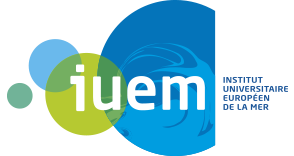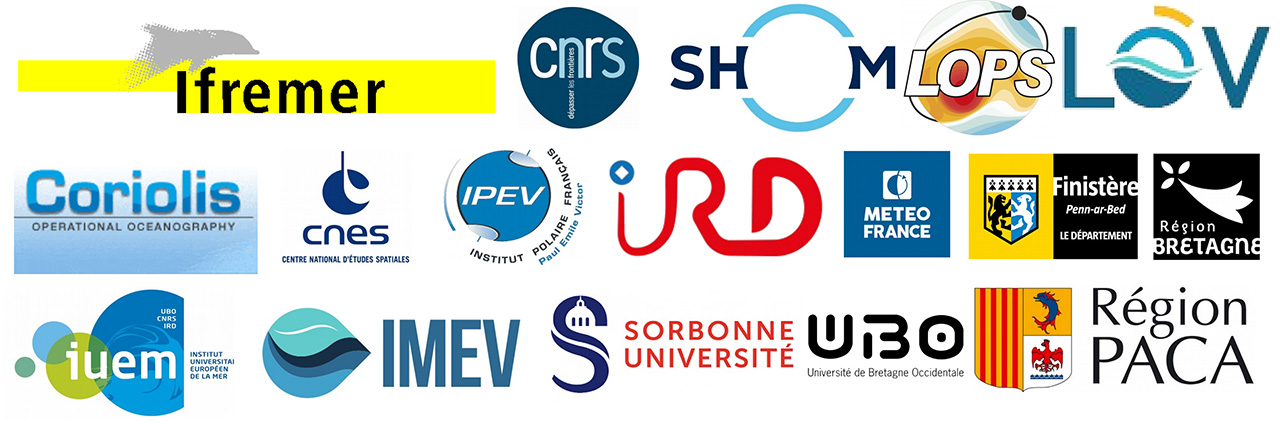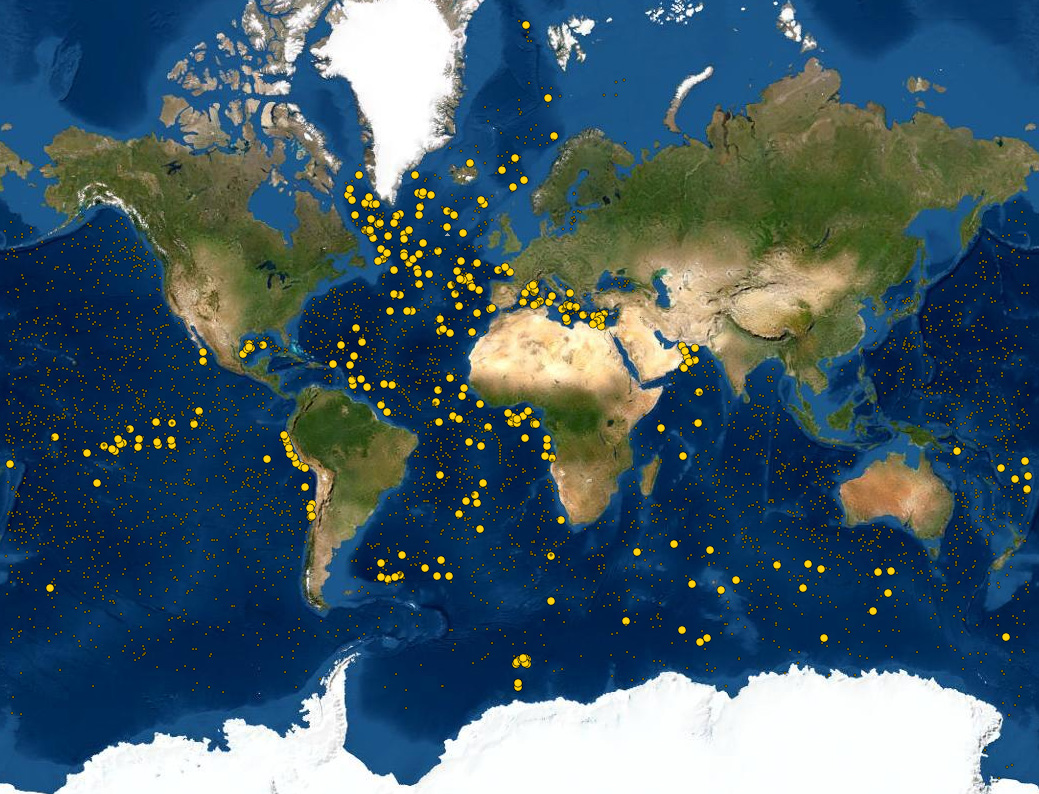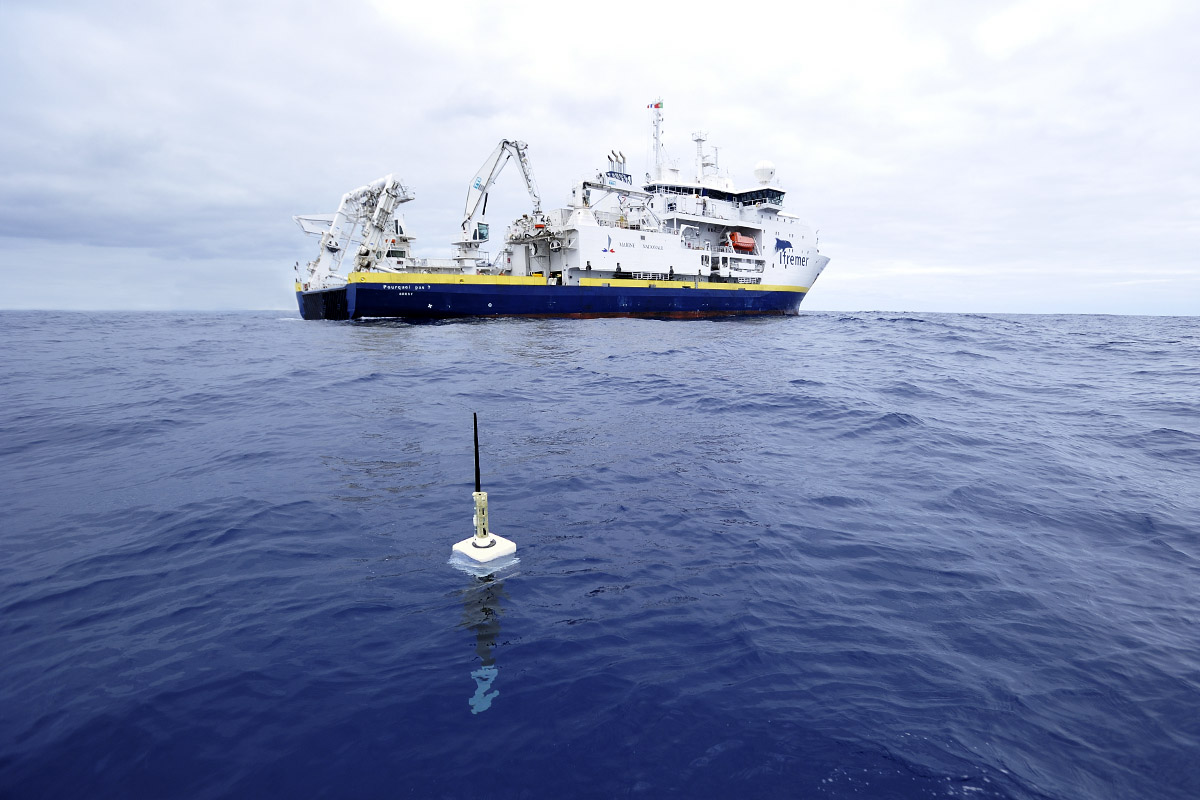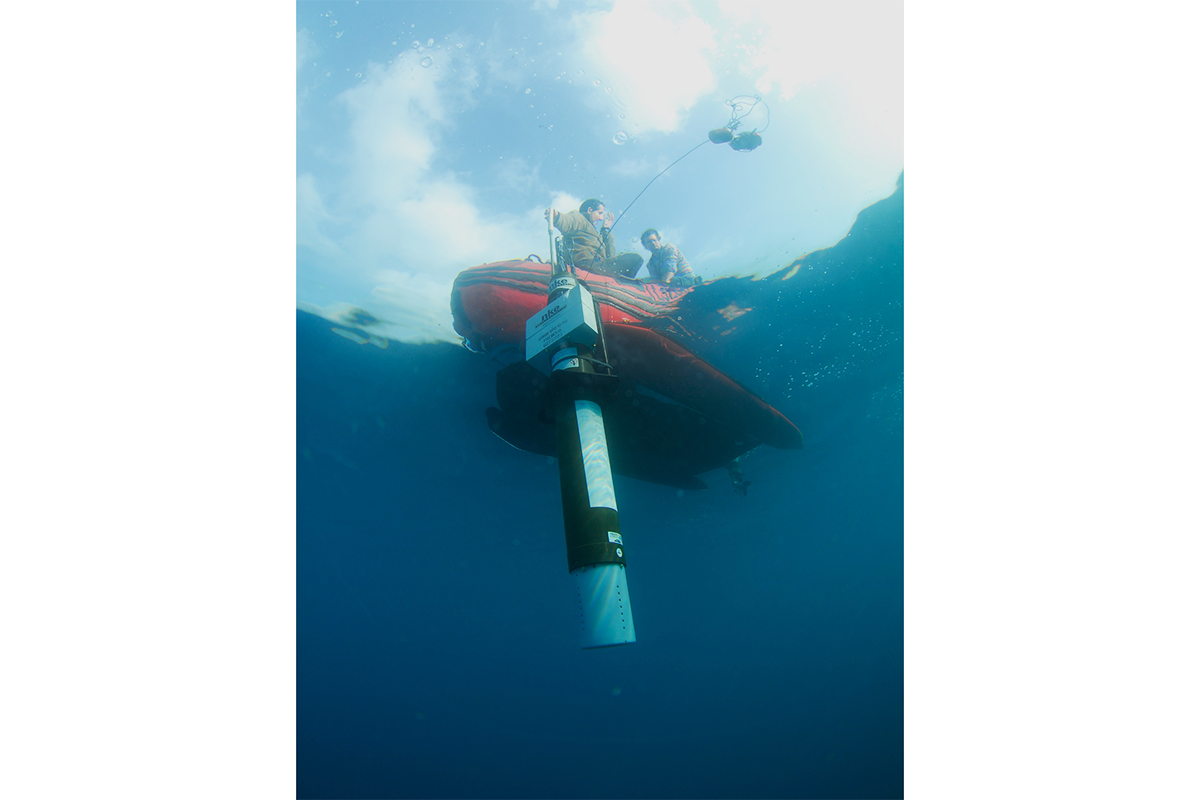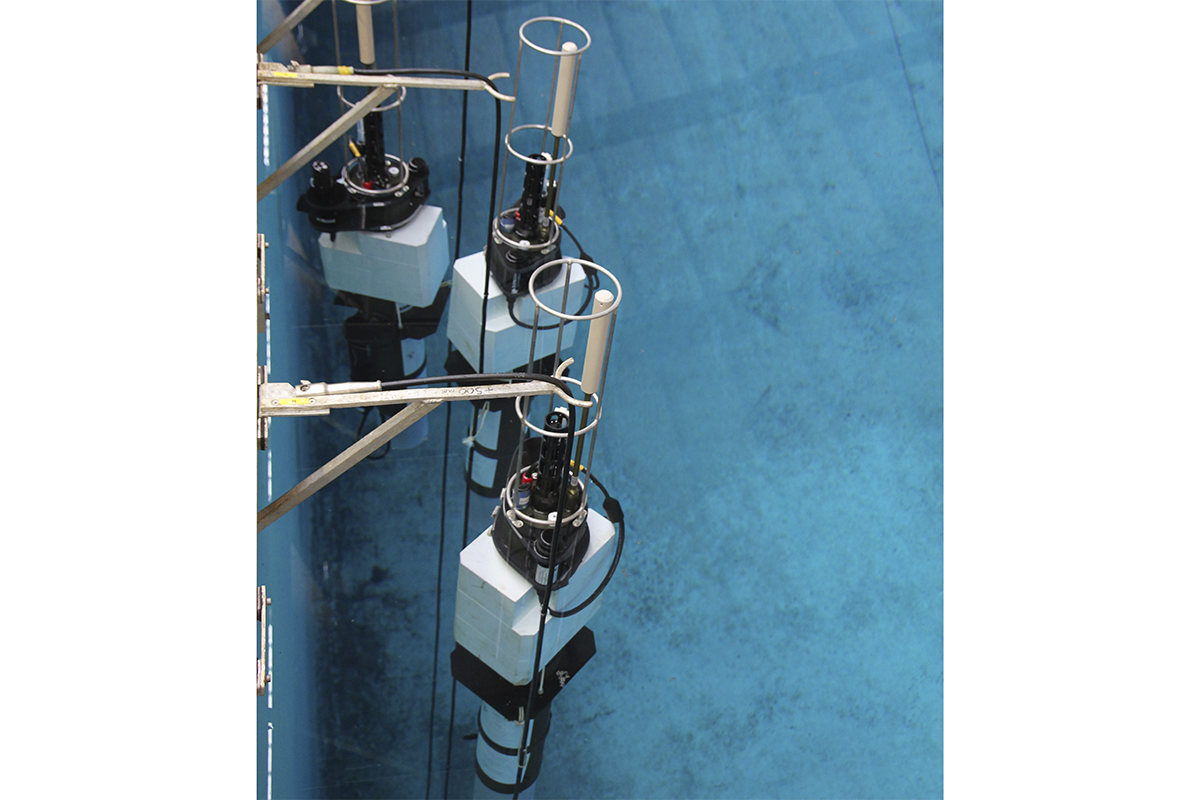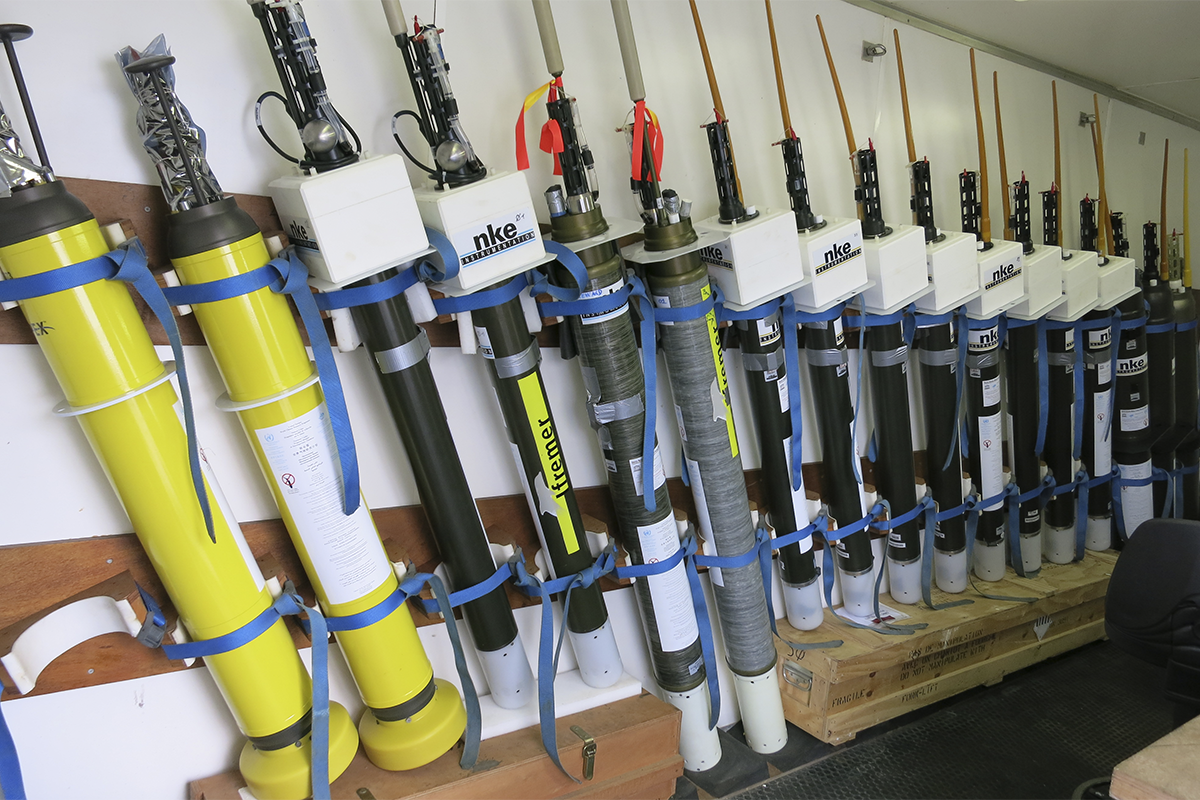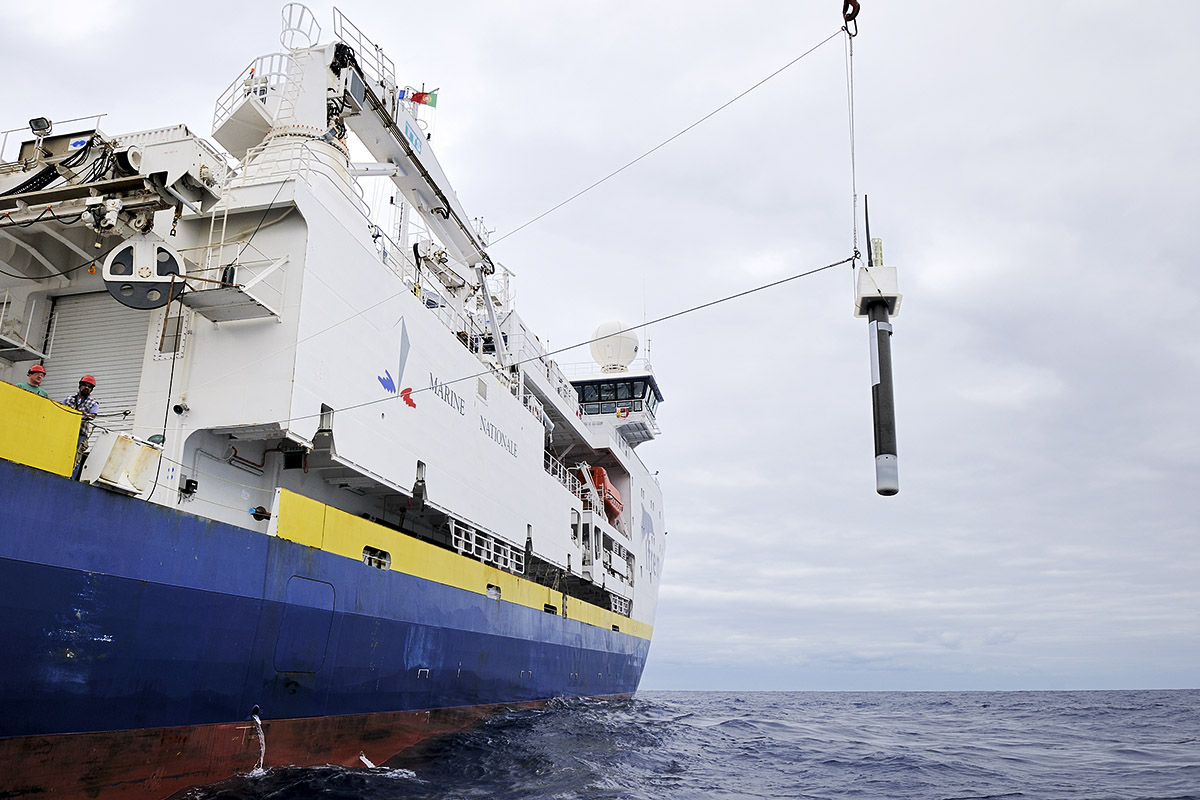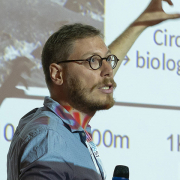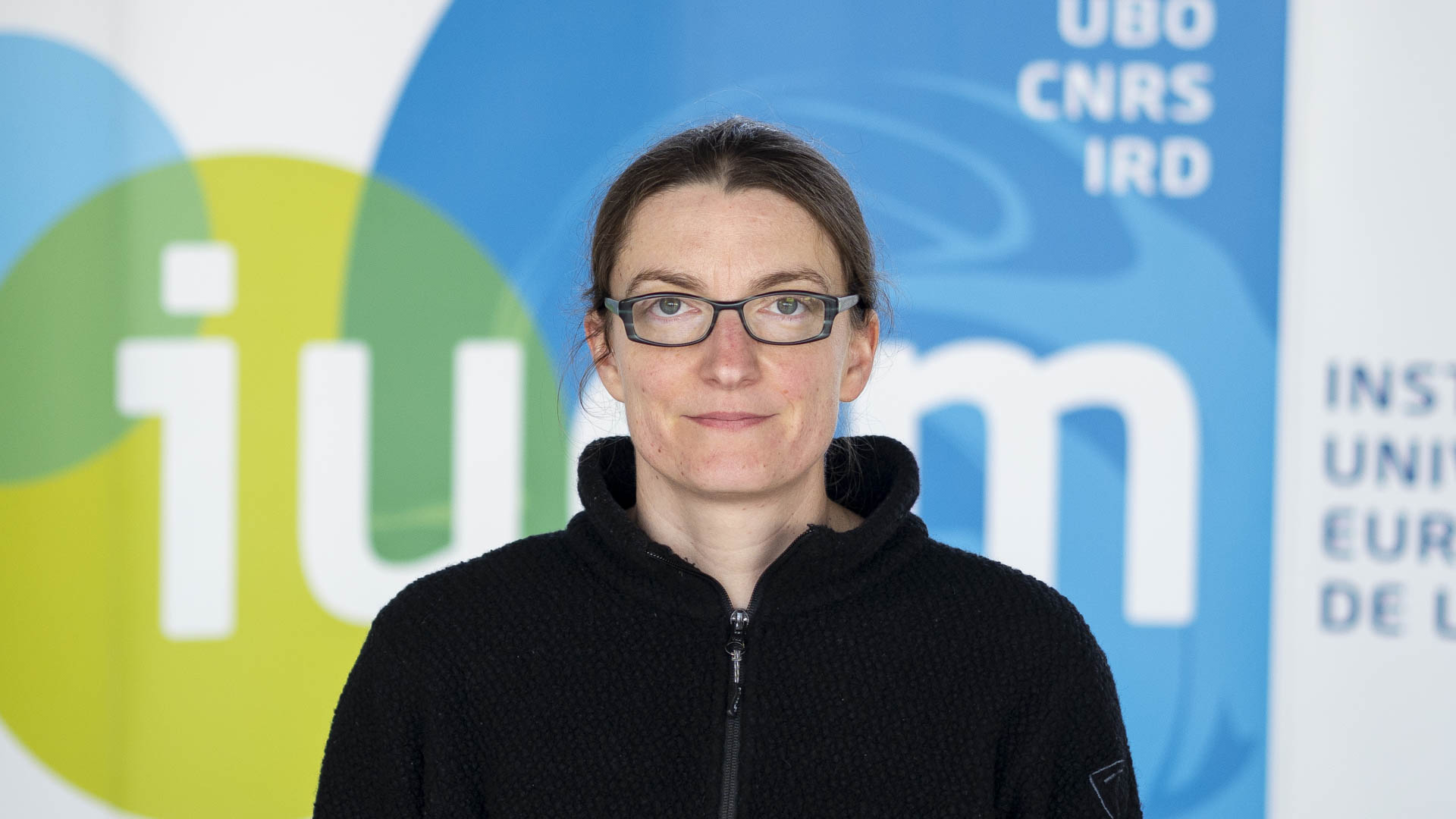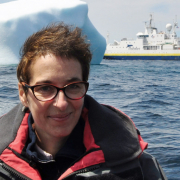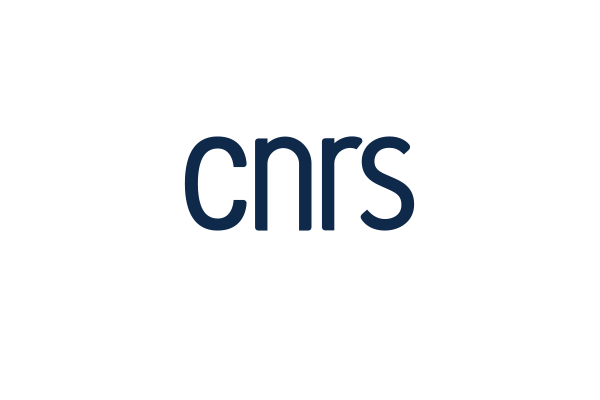National Observation Service (SNO)
The National Observation Service (SNO) ARGO France
Argo France, labelled SNO by INSU since 2011, groups together all the French activities contributing to the international Argo programme. Its main objectives are to organise and consolidate the French contribution to the international Argo programme and to the European research infrastructure Euro-Argo. The mission of SNO Argo France is to provide research-quality data on the physical and biogeochemical parameters of the global ocean to the French scientific community in order to encourage and promote the French contribution to climate studies and, more generally, to oceanographic research using Argo data directly or via reanalysis and assimilation products.
Finally, SNO Argo France aims to consolidate and strengthen the development of the BGC Argo mission, measuring biogeochemical parameters from Argo floats, and the Deep Argo mission, measuring the ocean floor.
Argo France is funded by
The TGIR Euro-Argo (Very Large Research Infrastructure) groups together the national component Argo France and the French contribution to the coordination of the ERIC Euro-Argo. The ERIC (European Research Infrastructure Consortium) Euro-Argo is the European contribution to the international Argo network.
France’s ambition is to contribute to about 10% of the Argo programme (i.e. 30% of the European effort) by deploying 80 floats/year distributed as follows: 30 standard floats (T,S-2000m), 15 deep floats (T,S,oxygen, 0-4000m), 35 biogeochemical floats (BGC, 0-2000m), 20 of which with an oxygen sensor only.
To achieve its objectives, Argo-France relies on funding:
- Ifremer, SHOM, CNES, INSU, IRD, Météo-France and IPEV through the multi-agency infrastructure Coriolis;
- the European Union (ERDF), the Brittany Region, the Finistère Departmental Council, Brest Métropole and Ifremer through the CPER Argo and OceanObs projects, the PACA Region;
- The activities of SNO Argo France are carried out by the Physical and Spatial Oceanography Laboratory (LOPS, UMR6523) at OSU IUEM (UBO) in partnership with the Villefranche sur Mer Oceanography Laboratory (LOV, UMR7093) at OSU IMEV and OSU STAMAR (Sorbonne University). SNO Argo France is supported by the CNRS / INSU and the Observatory of the European Institute for marine studies (OSU IUEM);
- The research and development activities related to Argo France are also supported by projects: ANR PIA3 Argo2030, Ifremer PIA PIANO, ERC REFINE.
Argo-France also relies on the Scientific Council of the Mercator Coriolis Mission Group (GMMC) to finance float deployment projects or scientific support for Argo-France activities.
The site
The international Argo observing programme was launched by the Intergovernmental Oceanographic Commission (IOC) and the World Meteorological Organization (WMO) to observe in situ temperature and salinity of the global ocean, in order to monitor ocean variability and understand its role in climate. To achieve this scientific objective, it was necessary to provide near-real-time profiles of physical ocean parameters between the surface and 2000 m depth, every 10 days with a 3×3 degree sampling of the global ocean between 60°S-N. This corresponds to about 3000 autonomous floats operating at sea at any one time. Since the early 2010s, the Argo programme has been developing and implementing new missions to observe the deep ocean (beyond 2000 m depth) and the coverage of observations is increasingly extending to marginal seas and high latitudes.
Monitoring
Since the early 2000s, more than 2 million quality controlled in situ temperature and salinity profiles have been provided. Since the early 2010s, the Argo programme has also been developing and implementing new missions to observe new biogeochemical parameters: dissolved oxygen, chlorophyll, nitrate, irradiance, PH, backscatter.
ARGO-France
In pictures
The team | Contacts
Non-IUEM members
- Fabrizio D’Ortenzio (CNRS, IMEV, LOV)
- Sylvie Pouliguen (Ifremer)
- Antoine Poteau (SU,IMEV, LOV)
- Catherine Schlechtig (CNRS, Ecce-Terra)
- Raphaelle Sauzede (CNRS, IMVE, LOV)
